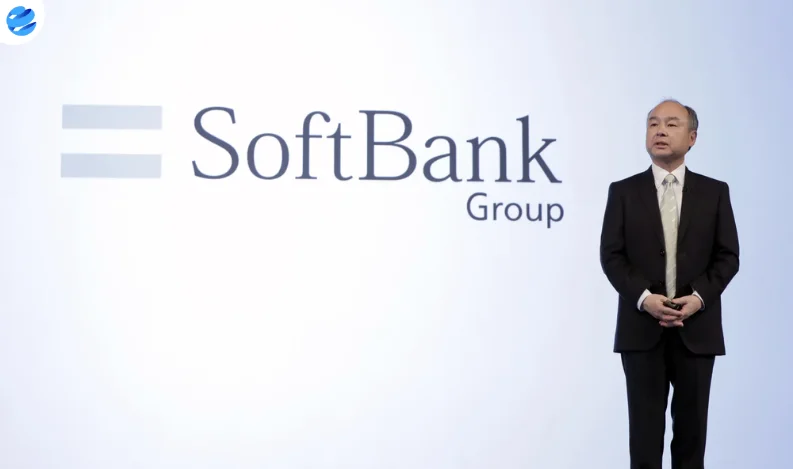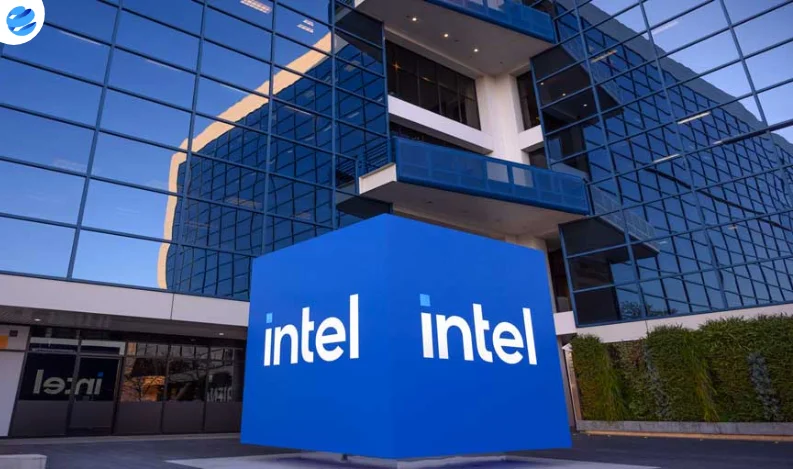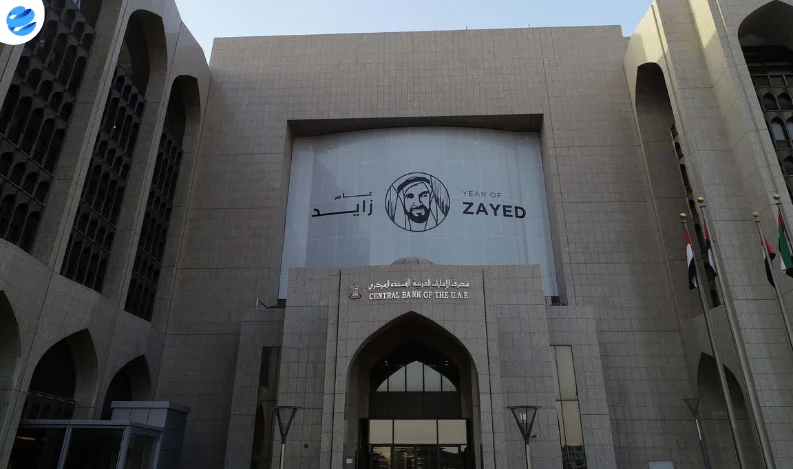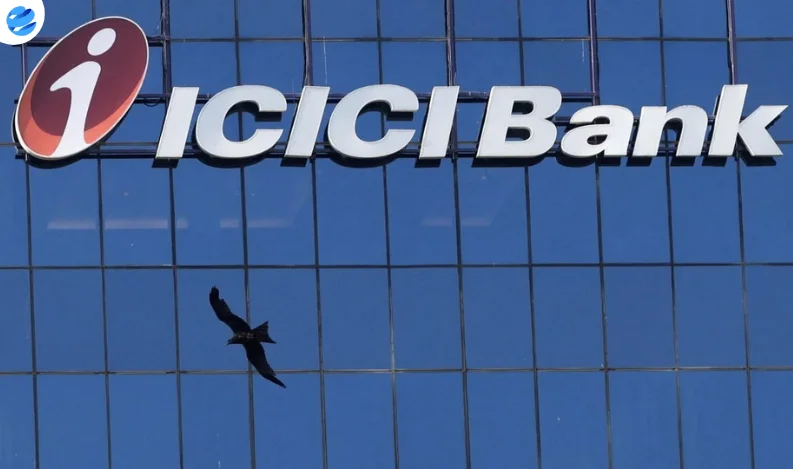Shares of American Eagle Outfitters Inc. (NYSE: AEO) plunged over 17% in after-hours trading on Tuesday after the retail apparel giant announced the withdrawal of its 2025 fiscal guidance and revealed a massive $75 million write-off related to unsold spring and summer merchandise.
The company is facing mounting pressure from sluggish sales, excess inventory, and steep discounting, triggering concern among investors and prompting a broad strategic reassessment by its leadership.
Disappointing Q1 Performance and Forecast Cut
American Eagle reported that it expects first-quarter revenue to reach approximately $1.1 billion, reflecting a 5% year-over-year decline. Comparable sales are expected to drop 3%, while Aerie — the company’s popular intimates brand — could post a deeper decline of 4%.
“We are clearly disappointed with our execution in the first quarter,” said CEO Jay Schottenstein in a statement. “Merchandising strategies did not drive the results we anticipated, leading to higher promotions and excess inventory.”
The company forecasts an operating loss of $85 million and an adjusted operating loss of $68 million, citing heavy discounting and the $75 million inventory charge.
Discounts Surge as Consumer Demand Falters
The decline in performance stems from weaker-than-expected demand, particularly early in the quarter, and the need to heavily discount products to stimulate consumer interest. Analysts note that such discounting, while often necessary in the short term, can erode brand value if not carefully managed.
Cold weather in the early months further disrupted seasonal shopping trends, leading to inventory backlogs that had to be cleared at reduced prices.
Withdrawal of 2025 Guidance Amid Economic Uncertainty
American Eagle’s management cited “macro uncertainty” and underperformance in the first quarter as key reasons for pulling its previously issued fiscal year 2025 guidance. The company now plans to review its forward-looking strategies before issuing any new projections.
“We have entered the second quarter in a better position, with inventory more aligned to sales trends,” Schottenstein added. “Our teams continue to work with urgency to strengthen product performance while improving our buying principles.”
Tariff Concerns Loom in Background
The company has not directly linked its financial woes to new tariff policies announced by President Donald Trump earlier this month. On April 4, the President declared an economic emergency and imposed 10% or higher tariffs on imports from 60 trade-deficit countries — a move that could impact retailers depending on global sourcing.
Although some firms stocked up on goods early to hedge against tariff hikes, American Eagle had stated in March that it remained flexible and well-stocked in response to shifting consumer preferences. However, execution gaps at the start of the quarter, particularly inventory shortages at Aerie, disrupted early momentum.
Investor Sentiment and Market Reaction
Following the company’s update, AEO shares sank 17.4%, reflecting shaken investor confidence and broader concerns about the company’s inventory management, profitability outlook, and strategic execution.
The company has not confirmed whether it will revise pricing strategies or make leadership changes, but signaled that internal reviews are ongoing.
Outlook: Q2 Stability, But Challenges Remain
As American Eagle enters the second quarter with what it describes as more “balanced” inventory levels, market watchers remain skeptical about how the brand will manage consumer demand, pricing strategies, and margin recovery in an uncertain retail environment.
With no updated guidance forthcoming and economic volatility still in play, analysts caution that American Eagle’s path to recovery could take longer than anticipated.























